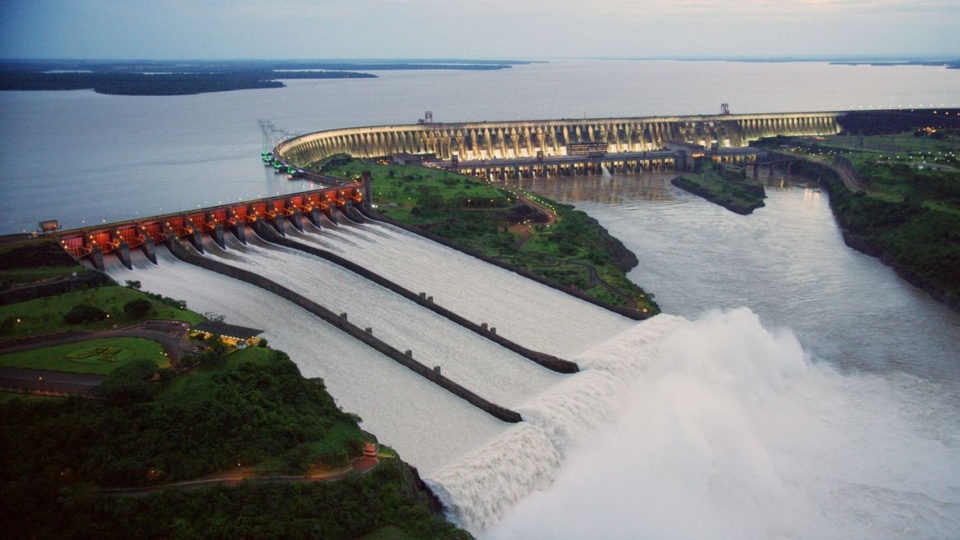On November 5, 1982, the 14 gates of the Itaipú Hydroelectric Power Plant, weighing about 300 tons, were opened, and the dammed water was released from the Paraná River.
It was the symbolic inauguration by then Presidents Alfredo Stroessner (Paraguay) and João Baptista Figueiredo (Brazil).
It has been 40 years since this representative event in the “life” of the hydroelectric plant, considered one of the wonders of modern technology on our planet.

To build this 195-meter-high giant, equivalent to a 62-story building, it was necessary to divert the course of the Paraná River, remove more than 60 million cubic meters of earth and stones, and use 200,000 tons of steel.
The Itaipú Hydroelectric Power Plant construction required more than 50,000 hours of work, and the first mechanical turbine rotation occurred on December 17, 1983.
The bi-national project began generating power on May 5, 1984, when the first of the 20 generating units of the hydroelectric plant was put into operation.
The first 18 units were installed over seven years. The installation of the last units was completed in 2007 when they were named 9A and 18A.
These two machines bring the power plant’s installed capacity to 14,000 MW.
In addition to the increase in the amount of electricity needed to meet the needs of consumers (Paraguay and Brazil), the increase in the amount of electricity available for contracting meant an increase in revenues for the contracting countries that own the project, in the form of royalties, refunds, and compensation, in the latter case for Paraguay.
With information from Latina Press

